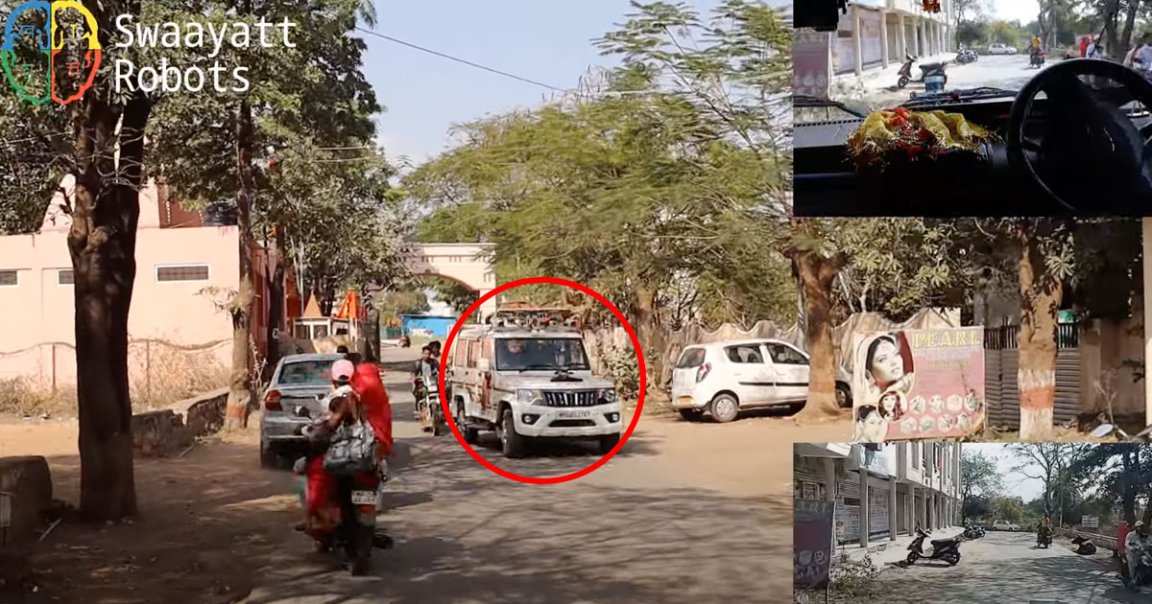
Waymo Terrifying
We’re willing to bet that you’ve never seen anything quite as anxiety-inducing as a recent video shared by Indian startup Swaayatt Robots, showing an extremely adventurous self-driving SUV navigating the hectic streets of Bhopal, India.
The nation’s streets are infamously chaotic, with basic rules of the road taking a backseat. In other words, they’re not exactly ideal conditions for driverless vehicles, which already struggle to account for ever-changing built environments.
As US-based robotaxi companies have already found out, it’s an extremely difficult task — and that’s in a far more predictable environment where cars, at least generally speaking, stop at red lights and respect lane markings.
Swaayatt, however, isn’t dissuaded. A video shared by the startup last month shows its sensor-laden vehicle “driving through an absolute chaos, on suburban unstructured roads in India,” as the company put it in the caption.
“This is the most complex that it can get for an autonomous vehicle,” Swaayatt CEO Sanjeev Sharma told IEEE Spectrum. “If you’re able to build here, this technology is universal.”

Chaos Theory
The results speak for themselves. The vehicle lurches back and forth, almost mimicking the erratic movement of the other cars around it. With its hazard lights blinking, the white SUV isn’t afraid to veer into the path of oncoming traffic, forcing other drivers to swerve around it.
To the company, that terrifying behavior is entirely intentional.
“There were no traffic rules to abide by on this road, other than to perform a left-sided avoidance,” the company wrote in the caption of its video. “If the other obstacles follow the same, else the vehicle will have to change its plan in a stochastic manner, in several of the adversarial multi-agent negotiation settings encountered throughout the autonomous navigation.”
To Swaayatt, it’s a ruthless environment where every vehicle, driverless or otherwise, has to fend for itself.
“It can be seen throughout navigation that the incoming vehicles didn’t allow any gaps for our autonomous vehicles, forcing it to negotiate passively-aggressively its own path through the chaos,” the company wrote.
In short, is it an impressive feat of engineering — or a disaster waiting to happen? We’ll let you decide.
More on self-driving: Apple’s Failed Car Was a Disaster Behind the Scenes